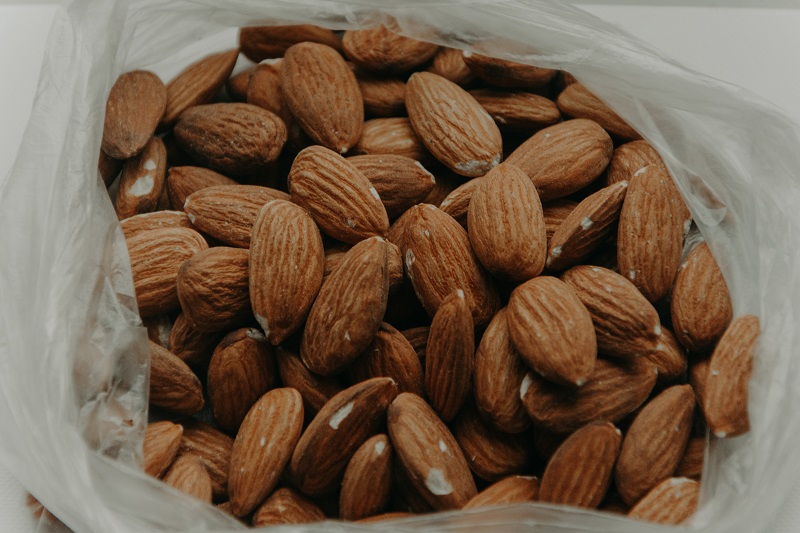Pest Management Recommendations for Spotted Lanternfly
Penn State University Extension recently updated conventional spray recommendations for spotted lanternfly in both grape and tree fruit.
Within vineyards, David Biddinger, Penn State University Extension Tree Fruit Research Entomologist says spotted lanternfly nymphs and adults feeds on sap from trunk and vines. However, in apples and peaches, the feeding seems to be confined to adults only.
“In areas with heavy feeding, grape growers have reported yield loss, reduced berry quality, and vines not being able to survive the 2017-2018 winter,” he writes. “Young trees may be at a greater risk, and these should be watched carefully for spotted lanternfly feeding.”
In Biddinger‘s insecticide trials, his research team tested the efficacy of 20 different insecticides on nymphs on potted peach trees. Biddinger notes, though, that most of the chemicals evaluated are not specifically labeled for SLF.
“Many of the insecticides used for other pests in grape, peach, and apple (such as brown marmorated stink bug, Japanese beetle, and grape berry moth) will provide some protection against spotted lanternfly damage,” he writes. “The control timing of sprays for BMSB adult in apple coincide with the movement of SLF adults into the orchards and two products which have special emergency (section 18) registrations for BMSB in apple are very effective on SLF.”
Biddinger says insecticides with a 2(ee) label modification for spotted lanternfly in Pennsylvania on grape, peach, or apple are: Assail 30SG, Imidan 70WP, Brigade 10WSB, Mustang Maxx 0.8EC, Assail 30SG, Avaunt 30DG, and Actara 25WDG (nymphs only).
Grape recommendations and tree fruit recommendations, including organic control of SLF, can be found on the Penn State Extension site.
Spotted Lanternfly Spray Options for New York Growers
In his latest Finger Lakes Vineyard Update, Hans Walter-Peterson, Viticulture Extension Specialist with Cornell Cooperative Extension’s Finger Lakes Grape Program, lists a few insecticides for grape growers to use after the announcement of an initial find of spotted lanternfly in Penn Yan, NY.
Walter-Peterson says growers should consider sprays labeled for use with planthoppers, as spotted lanternfly is one. Each insecticide is a biological, which contains spores of Beauveria bassiana.
- Botanigard 22WP
- Botanigard ES
- Botanigard MAXX (includes 0.75% pyrethrin)
- Botegha ES
- Mycotrol ESO
- Mycotrol WPO
- Xpectro OD (includes 0.75% pyrethrin)
“There is also an ongoing effort to obtain 2(ee) approvals for several other ‘conventional’ materials that will hopefully mean there will be other options available to us next season,” he writes.










